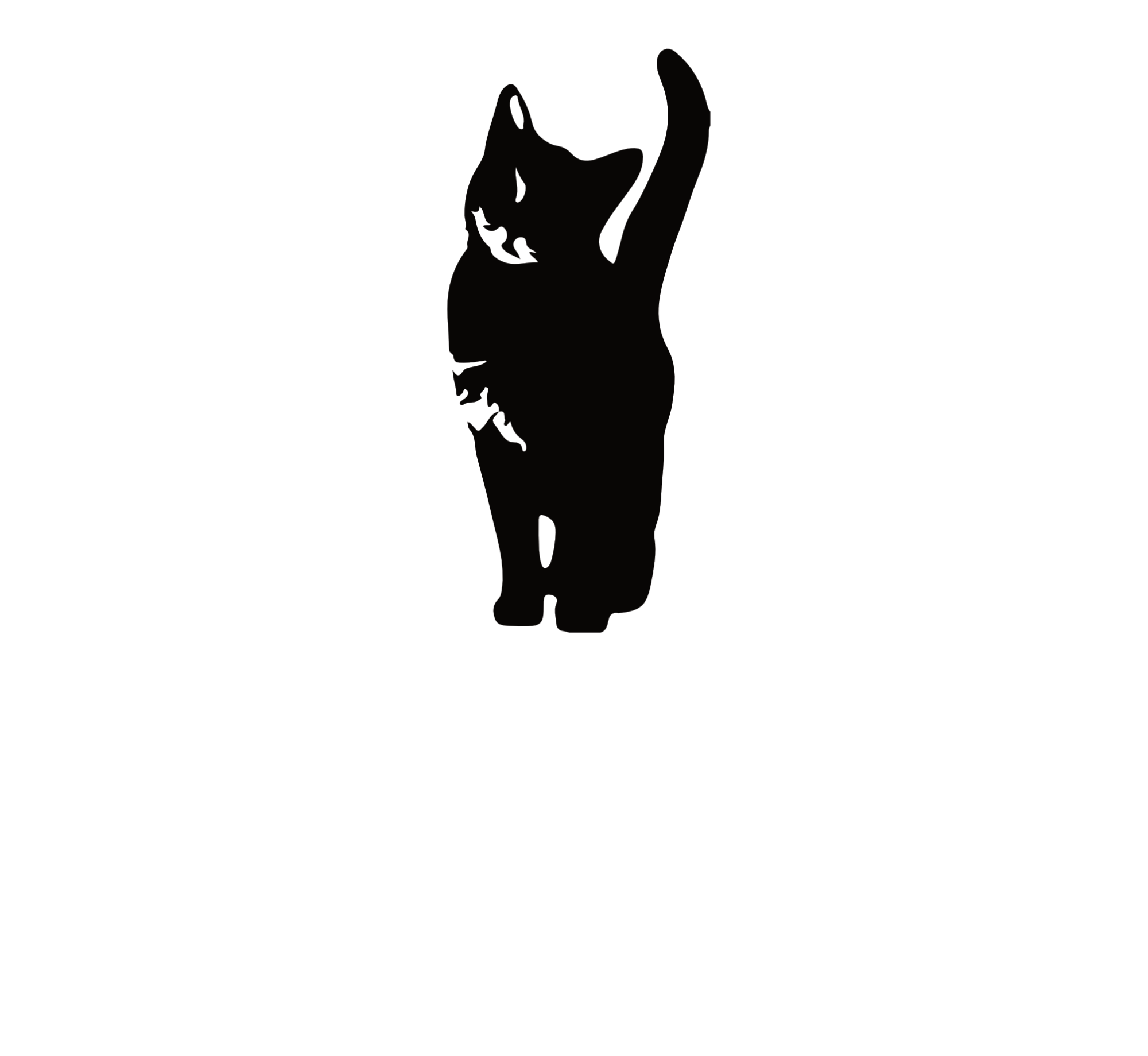“If you don’t give me all 10s, I will get fired”
The young saleswoman at the luxury automotive dealer then politely smiled at me.
I was silent for a moment and then drew a deep breath.
I explained to her I was in the business of customer experience and, in fact, my firm at the time, ran the very customer experience system she was trying to influence.
I went on to express my concern that, while she did an excellent job, she seemed more interested in her rating than my experience.
“I understand, but I need you to give me all top box … or I could lose my job,” she motioned to the glass office behind her momentarily losing her composure and then her wide smile returned, like hostage who doesn’t want to upset her captors.
I wish this was an exception or something new. Sadly, this has been going on for over 20 years. While it is probably most pronounced in automotive, I have seen it everywhere; from telecommunications to moving companies to health care. Cooking the CX books isn’t new and doesn’t appear to be going away anytime soon.
How Did This Happen?
It happened, as Brett from Pulp Fiction would say, “with the best of intentions”. Folks at HQ needed to find a way to hold people accountable to not just sales, but also in providing a good experience to customers. On a winter’s day in 1982 (okay I am taking some liberties here) some smart fella or gal said, “well hey, we hold salespeople accountable for sales, why not hold folks accountable for customer satisfaction?” Then some other smart person said “yea, let’s put some teeth in it”. Then the head mucky-de-muck said “do it!”, and on that day incentivizing experience scores was born.

People ate this idea up like Data Scientists to free Pizza. The Net Promoter Score (NPS) only added fuel to an already growing bonfire. Before long, entire industries were on the CX incentive drug. While it did put a big focus on customer satisfaction (now called CX), like all addictions it had (and has) some dire side-effects when implemented thoughtlessly.
Side Effect 1: Those being incentive involved mostly hate it
Go into the next retail outlet you find and ask the salesperson two things; 1) if they are incentivized for their customer satisfaction ratings and (if yes) 2) what they think about it. I have yet to find one waitress, technician, salesperson, pirate, or call center rep that likes customer satisfaction linked to their compensation. The practice is universally hated by those being “motivated”. They complain that it is unfair. Some are measured on things completely out of their control or worse, the side effect of bad corporate policy.
A telecommunications installer complained to me he is held to the “would recommend others to a friend or family’ metric when many of the problems that customers have are because of the service provider, not his installation. Incorrect information, bad promises, and faulty equipment are oftentimes the culprit, not the person. The net effect is, instead of “motivating” employees, many are loathed into being compelled to chase numbers instead of focusing on helping customers.
Side Effect 2: Customers Hate It
You have a great experience and then are asked to barter for a good grade. That’s leaves a bad taste in the mouth of anyone. Sometimes, we hear stories of retailers harassing or threatening customers into giving a score. You feel kind of guilty or dishonest depending on which way you go in your evaluation. Think about it, you may be paying big bucks for a system that actually negatively impacts the customer experience? Ludicrous.
Side Effect 3: It Doesn’t Work
After 20 years of trying to incentive retailers and employees to be better at customer experience, customer experience ratings haven’t really budged.
According to the National American Customer Satisfaction Index we went from a 75 in 1994 to 77 across all industries. Two whole points in a nearly a quarter century! Hurrah!
In Forrester’s Customer Experience Index they reported a decline from 2016 to 2017 in the experiences companies deliver across industries amongst 314 brands collected from 120,000 individuals. In a follow up in 2018 they recently reported no changes. None. Nada. Zero. Zip. Zero.
Forrester Chief Research office Cliff Condon was quoted as saying,
“Though brands are catching on to the fact that high-quality customer experience correlates with business growth, it’s alarming that progress on improving CX has stalled for the third year in a row.“
Alarming indeed.
After literally billions of dollars spent on incentivizing end users what we do have to show for it? Did it sell more cars or booked more hotel rooms? The evidence isn’t really there. We have to find a better way.
So, should we give up on CX?
I think not. Listening to your customers is a good thing. Companies that do so and act on it are better. That is clear in the data.
After a 20+ year frontline view of the industry, I believe the problem is not in the concept of CX, it is in trying to incentivize behaviors of those who may be indifferent to the concept. We need to move away from pushing the horses to the water to finding horses who are thirsty and smart enough to drink in the first place. We need to stop incentivizing CX scores as the default approach and reallocate funds to areas that will actually make a difference. Wonder what they are? Thought you might ask…
1. Hire the Right Horses
Gallup is spot on here, you are what you eat… or in this case getting the right raw material into your organization. Not everyone is cut out for customer service. Let’s take Bob as an example. He’s a genius technical guru. If you have a programming glitch or data problem, he will burn the midnight oil to find out the problem and fix it faster than a rack of Apache servers with huge buffers and 36-bit quantum processors. However, he is the last person you want talking to customers. Bob lacks that special human je ne sais quoi and is, well, perhaps a bit too direct for the average bear. Should we fire Bob? Hell no. Should he be talking to customers? Hell no. Point is, put the right people in the right places. Hire and promote the right people into the jobs they are good at. Great companies like Disney, Four Seasons, and USAA know this and practice it.

2. Look in the Mirror
In doing this for a long time, I would guesstimate more than half of customer experience problems can be traced back to shortcomings in the three Ps: process, policy, or product. There are very few malicious jerks out there just wanting to make your life miserable by screwing up your reservation or fast food order.
Most employees honestly want to do right by customers and are dismayed when they can’t. Many times, it is a ridiculous or untimely return policy, a process which ping-pongs people around 10 different departments, or substandard product that make people angry. Can it be an incompetent employee? Sure sometimes, but the company also has a very large (and often ignored) role here in improving things.
3. Fix Problems AND Look for Opportunities
Yea yea yea. If you fix a problem for a customer she will come back again if you don’t, she will tell 10 others about how much you suck. This is more than CX folklore having been consistently been shown to be a CX fact. Though a bit of ‘old news’ CXOs and COOs love this stuff and eat it up.
That being said, it doesn’t exactly light the world on fire for the CMO or CSO. They don’t want to hear about loss avoidance, they want to hear about growth. They are interested in getting more customers and selling more to existing ones.
CX can do that. Why not? Instead of just worrying about fixing customers, let’s worry about fixing prospects. Irritation with the ordering system is not any different than irritation with the return system, you are just a different status. If we reframe the problems from just retention to sales and retention that will get much more attention from your C-Suite
4. Use the Tools
There are so many great tools afforded by both EFM, ERP, and CRM companies nowadays. There are single and double loop follow up tools, action planning, learning management systems, workflow, expert system, and knowledge management systems.
Many of these systems have become very affordable and very powerful. Some are also integrated into existing systems. Sadly, these tools aren’t used as often as we would hope. First, they are not always emancipated from the clutches of headquarters or an elite few who have access to them, second if they are, no one knows how to use them, and third they often poorly integrated.
Hmmm…. if there was only some firm that could help integrate all these things…. while you ponder that (hint: it’s us) I think there is one other big change that has to made to make your investment in CX fruitful, but it’s a hard one because it is cultural.
5. Stop Being a Parent and Start Being a Partner
Once upon a time the trajectory of the average professional worker in the United States was linear. You went to college, earned a degree, enrolled into a trainee program worked for one company until retirement upon which time you were given a gold watch and retired to Boca Raton to play golf, worry about the lawn, and turn a rich bronze hue. In these halcyon mid-century days, the company was seen as the benevolent parent figure and the employee as the vulnerable and (hopefully) obedient child.
No longer. In our new economy, both young and old tend more often to be-bop from job to job as the venerable ‘employment contact’ between worker and employer gives way to the ‘gig economy’.
Yet, many corporations have failed to change their view on retailers, outlets, and front-line employees to match with the times.
To some in HQ these stakeholders are just hapless idiots who are a necessary evil in order to sell their amazing product, not the self-sufficient and entrepreneurial that they really are.
And lest my rancor be wasted on HQ, some franchisees and field personnel view HQ as a hive of mindless sycophantic drones who are out of touch with the realities of getting shit done. The truth is neither one is right… and both are.
The solution to breaking down this stereotype can be found in social psychology, which has been working on a way to mitigate this in-group/out-group dynamic that is hardwired into our DNA. Using simple approaches and application of theory (e.g., contact theory, jigsaw approaches) we can break down walls bigger than Mr. Gorbachev.
Sure it isn’t easy, but as my grandad would say…”if it was easy you probably did it wrong”
But…but…but
“Oh but Dave, if we remove incentives no one will care about the customer anymore!” some might protest. While some would dismiss as poppycock (whatever that is), this argument does hold some water.
I’ve seen CSAT first hand dip after incentives were removed from large CX systems. But you have to ask; was it a decline in the experience or a decline in the measurement of it? I would argue the later. You are now just getting an undistorted picture of what is going on.
If you are just going through the motions for money, you are probably half-assing CX anyway. We have all had all experienced the difference between an I-really-care-empathic follow up call vs. a DMV-style going-through-the-motions type of follow up call. It’s akin to making your child apologize to their sibling. They will do it because you are making them, not because they are really sorry. Any successful business owner instinctively knows that their success is lays in making sure the customers loves what they do.

Incentivization merely creates the illusion of caring by spackling over the underperforming retailers who really don’t. It’s a big lie that no one on the supplier side wants to talk about because of the money at stake.
If you can’t trust your employees or business partners to do the right thing by your end customers, you should get rid of them. If you are so out of touch with your end customers that you don’t know, perhaps you should find new employment as well
There Are No Absolutes
Only the Dark Side believes in absolutes1. I, my friend, am no Sith Lord. So, I will tell you this; incentives tied to CX aren’t ALWAYS bad. There are instances where incentives are entirely appropriate. Conditioning new behaviors is a great example. “How do I get people to care about CX in first place” is a common problem statement in nascent CX organizations. In those cases, to get people to engage you’ve got to give a little of that juice. But trust me, you will want to ween your organization of the incentive drug quickly, before it becomes an unbreakable and destructive habit.
Need help in recovery? Let us know.
1 In case you are wondering what I am talking about here, please reference one of the several fine Star War films by Lucas Films
This article originally appeared on Customerthink



